Phamacopuncture and Dermal Application of Sebalgukhwa-san: Effects on Hair Growth in a Mouse Model of Alopecia
May 2019
in “Journal of Acupuncture Research”
TLDR Sebalgukhwa-san (SGS) can help treat hair loss without liver toxicity.
The study evaluated the effects of pharmacopuncture and dermal application of Sebalgukhwa-san (SGS) extracts on hair growth in an alopecia mouse model using 21 C57BL/6 mice. Results showed that both minoxidil (MNXD) and SGS treatments significantly improved hair growth, density, and thickness compared to the control group (p < 0.05). The number of hair follicles increased, although their size did not change. Protein expression related to hair growth showed increased levels of vascular endothelial growth factor and insulin-like growth factor-1, and decreased transforming growth factor-beta 1, but these changes were not statistically significant. SGS treatment did not exhibit liver toxicity. The study concluded that SGS could be beneficial for treating alopecia.
View this study on e-jar.org →
Cited in this study

research Inhibition of β-catenin signalling in dermal fibroblasts enhances hair follicle regeneration during wound healing
Blocking β-catenin in skin cells improves hair growth during wound healing.
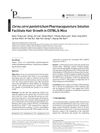
research Cornu cervi pantotrichum Pharmacopuncture Solution Facilitate Hair Growth in C57BL/6 Mice
Cornu cervi pantotrichum pharmacopuncture solution helps mice grow hair by increasing hair follicle cell growth and a growth factor important for hair development.
research Effects of Microneedle Therapy System(MTS) and Hwangryeonhaedoktang Pharmacopuncture Solution on Hair Growth in an Alopecia Model of C57BL/6N Mouse
Microneedle therapy combined with Hwangryeonhaedoktang solution improved hair growth in mice better than microneedle therapy alone.
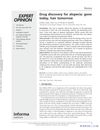
research Drug discovery for alopecia: gone today, hair tomorrow
Topical drugs and near-infrared light therapy show potential for treating alopecia.
research A Case Study of Androgenetic Alopecia in woman Improved by Pharmacopuncture Therapy and Needle-embedding Therapy
research Effects of Ganoderma Lucidum Extract Ethanol Extract and Microneedle Therapy System on Hair Growth in an Alopecia Model of C57BL/6N Mice
Ganoderma lucidum extract and microneedle therapy can help treat hair loss.
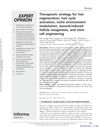
research Therapeutic strategy for hair regeneration: hair cycle activation, niche environment modulation, wound-induced follicle neogenesis, and stem cell engineering
The conclusion is that hair growth can be improved by activating hair cycles, changing the surrounding environment, healing wounds to create new hair follicles, and using stem cell technology.
research Medicinal Herbal Complex Extract with Potential for Hair Growth-Promoting Activity
The extract might help hair grow.
research Medical Treatments for Male and Female Pattern Hair Loss

research The Hair Follicle as a Dynamic Miniorgan
Hair follicles are complex, dynamic mini-organs that help us understand cell growth, death, migration, and differentiation, as well as tissue regeneration and tumor biology.
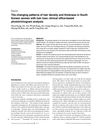
research The changing patterns of hair density and thickness in South Korean women with hair loss: clinical office-based phototrichogram analysis
South Korean women with hair loss have lower hair density and thickness compared to healthy women.
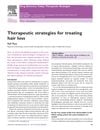
research Therapeutic strategies for treating hair loss
The conclusion is that we need more effective hair loss treatments than the current ones, and these could include new drugs, gene and stem cell therapy, hormones, and scalp cooling, but they all need thorough safety testing.

research Evaluation and treatment of male and female pattern hair loss
Early diagnosis and treatment, using finasteride, minoxidil, or hair transplantation, improves hair loss outcomes.
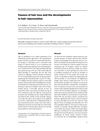
research Causes of hair loss and the developments in hair rejuvenation
Some hair loss can be treated, especially in women due to nutrition, but some types remain untreatable.
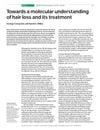
research Towards a molecular understanding of hair loss and its treatment
Future hair loss treatments should aim to extend hair growth, reactivate resting follicles, reverse shrinkage, and possibly create new follicles, with gene therapy showing promise.
research Do Hair Bulb Melanocytes Undergo Apotosis During Hair Follicle Regression (Catagen)?
Hair follicle melanocytes die during hair regression.
Related
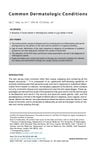
research Common Dermatologic Conditions
The document concludes that quick referral and appropriate treatments are crucial for managing common skin conditions and preventing permanent damage.
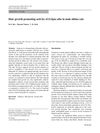
research Hair growth promoting activity of Eclipta alba in male albino rats
Eclipta alba extract helps hair grow faster and more effectively than minoxidil in rats.
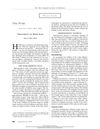
research Treatment of Hair Loss
Finasteride and minoxidil are effective for hair loss, but continued research is needed for better treatments.